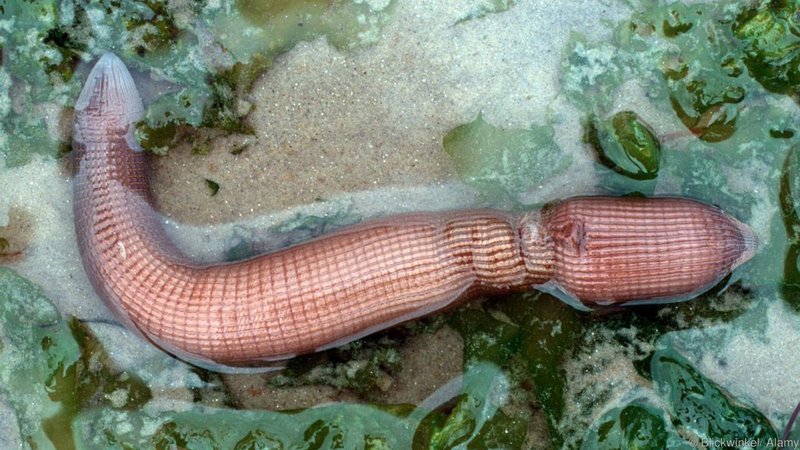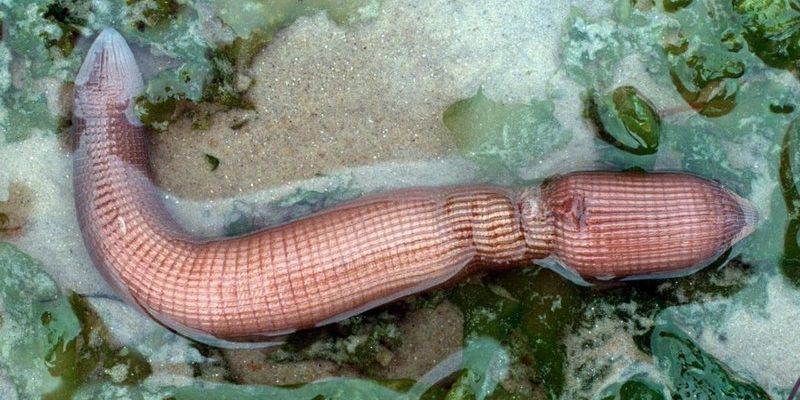
Peanut worms, or Sipunculida, are soft-bodied worms that can resemble little peanuts buried in the sand. They aren’t worms in the traditional sense, but rather marine animals that have a special way of life. They’re like the shy introverts of the ocean floor, peeking out only when they feel secure. So, how do you know if you’ve spotted one? Let’s dive into the world of peanut worms and discover how to identify them in their natural surroundings.
What Are Peanut Worms?
Peanut worms are marine animals found in various habitats, often at the ocean’s bottom. They have long, cylindrical bodies with a distinct head that can retract into their body, resembling a peanut! These little critters can grow up to 10 inches long, depending on the species. Their soft bodies and ability to burrow into the sand help them avoid predators, making them masters of camouflage.
These worms generally prefer sandy or muddy substrates where they can easily dig in. You might find them in tide pools or among the sea grass, making them a delightful discovery during beachcombing. The next time you’re out exploring, keep an eye out for these elusive marine marvels!
Where to Find Peanut Worms
Peanut worms can be found in a variety of marine environments. They thrive in shallow waters but can also be found deeper in the ocean. Here are some key places to look:
- Sandy Beaches: They often bury themselves in the sand, making them hard to spot. Look closely to see if you can spot a hole or a mound of sand.
- Rock Pools: During low tide, check the rocky areas. These worms love to hide among seaweed and other debris.
- Coral Reefs: In some regions, peanut worms can be found in crevices of coral reefs, blending in with their surroundings.
When searching for peanut worms, patience is key. Take your time and explore slowly. You might be rewarded with the sight of one peeking out of its sandy home!
Identifying Peanut Worms
So, how do you identify a peanut worm when you see one? There are a few key features that can help you tell them apart from other marine creatures:
1. Shape and Size: Peanut worms have a distinctive peanut-like shape. Their body is often thick, tapering toward the end. Measure their length—most are around 4 to 10 inches but can vary.
2. Color: While they can be a range of colors, including brown, yellow, or even purple, they generally have a smooth, shiny appearance. Their bright colors may help them blend in with the seabed.
3. Movement: Peanut worms move by contracting and extending their body, which gives them a unique wriggling motion. If you see something moving subtly in the sand, it could be a peanut worm!
4. Retractable Head: One of the most distinctive features is their ability to retract their head into their body when threatened. If you see a creature suddenly disappear into the sand, give it a moment; it might just be a peanut worm!
Common Species of Peanut Worms
There are numerous species of peanut worms scattered across the world’s oceans. Here are a few common ones that you might encounter:
- Sipunculus nudus: This is the most commonly found species, characterized by its yellowish-brown body and a length of up to 10 inches.
- Ponocentrotus lividus: A slightly smaller species, known for its bright orange to red hues.
- Thysanocardia: This species can often be found in rocky environments, blending in with coral debris.
Understanding the different types can help you enhance your spotting skills. Whether you’re a beginner or have some experience, knowing the species can make your hunt even more exciting!
Eco-Role of Peanut Worms
You might wonder, what’s the significance of peanut worms in their ecosystem? These little worms play a vital role in the marine environment. Here’s how:
– Soil Aeration: By burrowing into the sand, peanut worms help aerate the ocean floor. This allows for better water flow and nutrient distribution, benefiting other marine life.
– Food Source: They serve as a food source for various predators, including fish and birds. This makes them an essential part of the food web.
– Biodegradation: Peanut worms help break down organic materials on the ocean floor, contributing to the nutrient cycle and supporting marine life.
Recognizing their role can deepen your appreciation for these tiny creatures and their contribution to a healthy marine environment.
Tips for Spotting Peanut Worms
Now that you know what to look for, here are some tips to help you spot peanut worms on your next beach adventure:
1. Go at Low Tide: The best time to search for peanut worms is during low tide when more of the beach is exposed. This will give you a better chance to see them.
2. Bring a Trowel or Spoon: Gently digging in the sand can help uncover hidden peanut worms. Just be careful not to harm them!
3. Look for Signs: Keep an eye out for small holes in the sand or little mounds. These could indicate the presence of a peanut worm beneath.
4. Stay Quiet: Peanut worms are quite shy. Move slowly and quietly to avoid startling them back into their burrows.
Why Observing Peanut Worms Matters
Observing peanut worms can be a fun and enlightening experience. It teaches us about marine biodiversity and the delicate balance within ocean ecosystems. When we take an interest in lesser-known creatures, we become more aware of their habitats and the need to protect them.
By learning to identify peanut worms, we not only expand our knowledge but also foster a greater appreciation for marine life. The next time you’re by the beach, consider spending a little extra time searching for these charming, peanut-shaped friends.
In conclusion, understanding how to identify a peanut worm in its natural habitat opens up a whole new world of exploration. Whether you’re a curious beachcomber or an aspiring marine biologist, knowing what to look for will make your time by the ocean all the more rewarding. So grab your gear and head out to discover these fascinating creatures waiting to be found!

